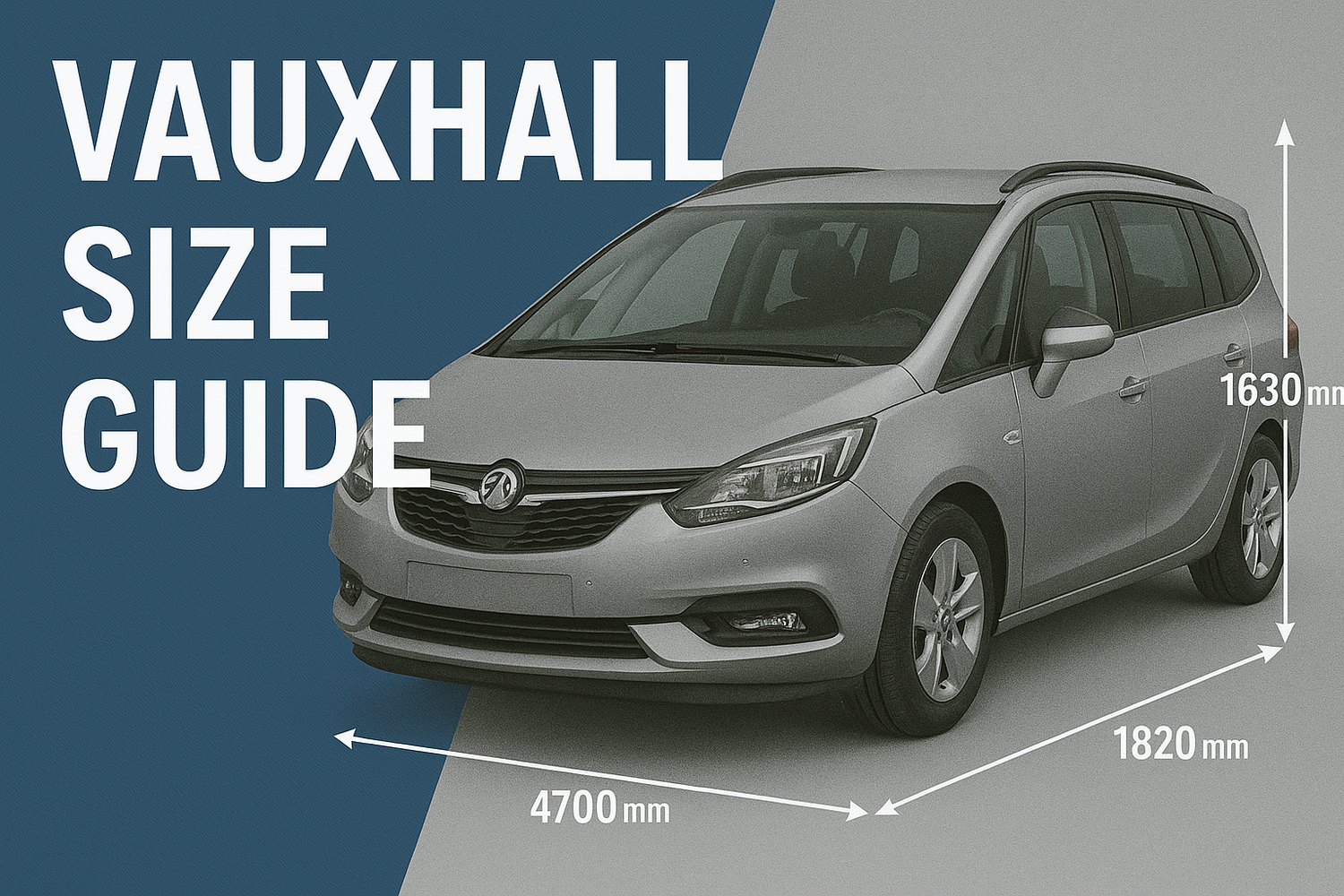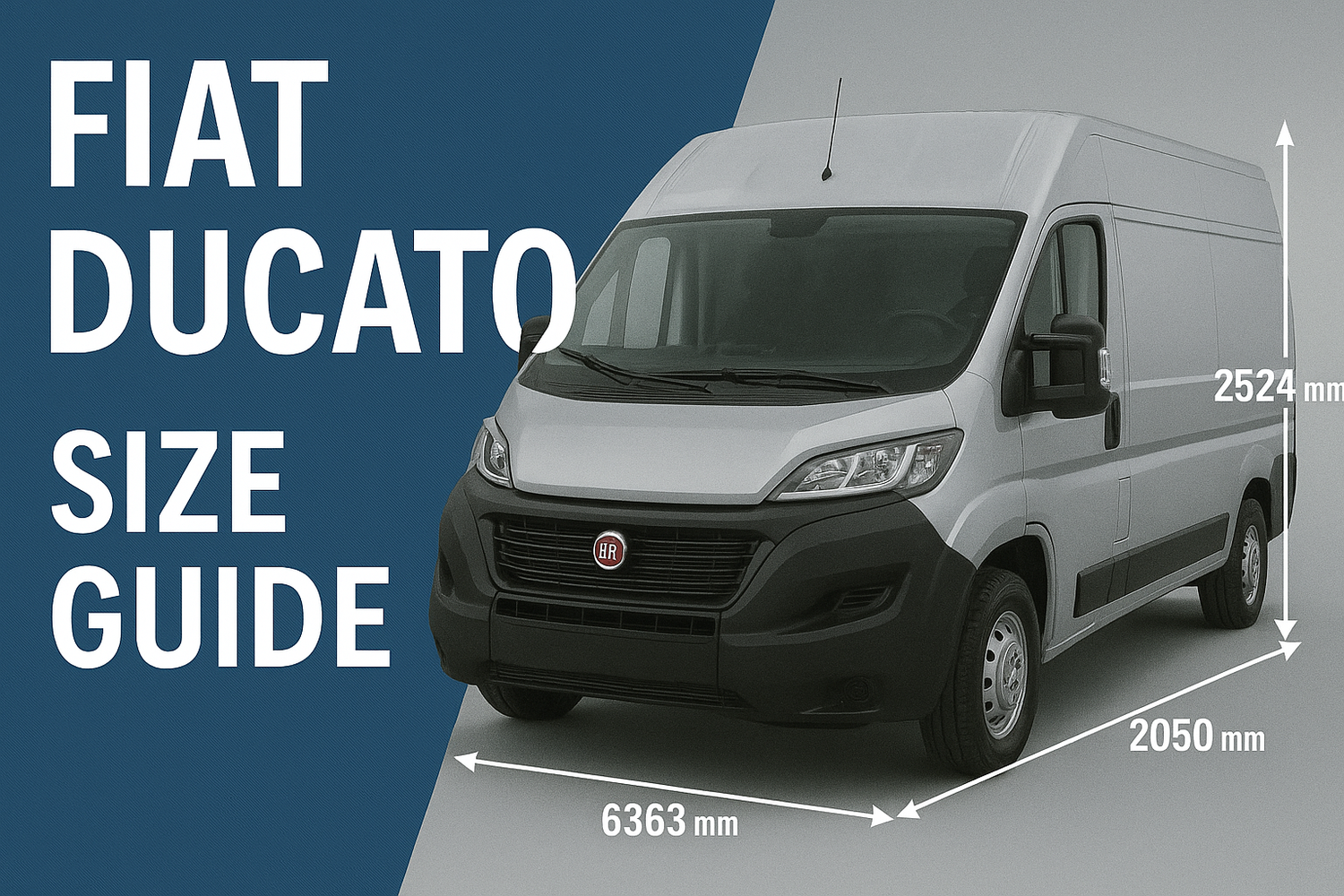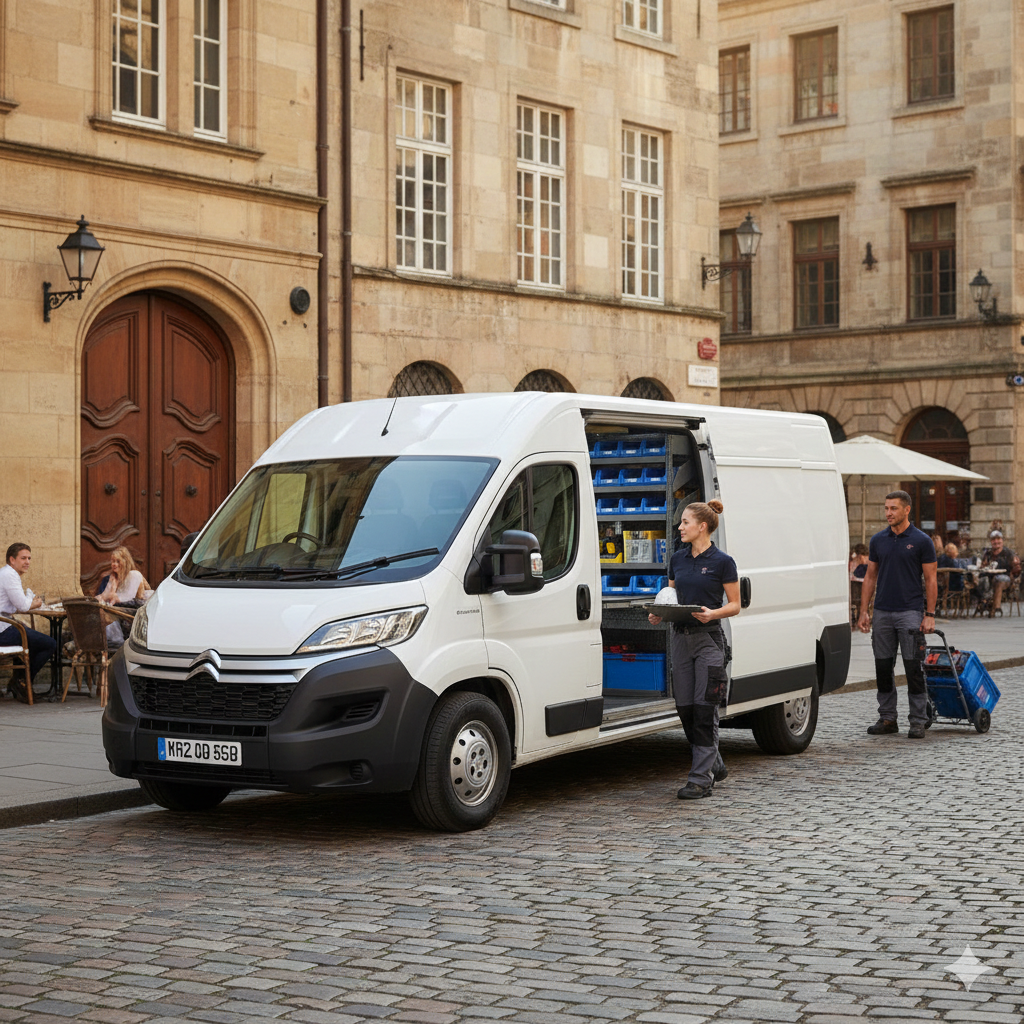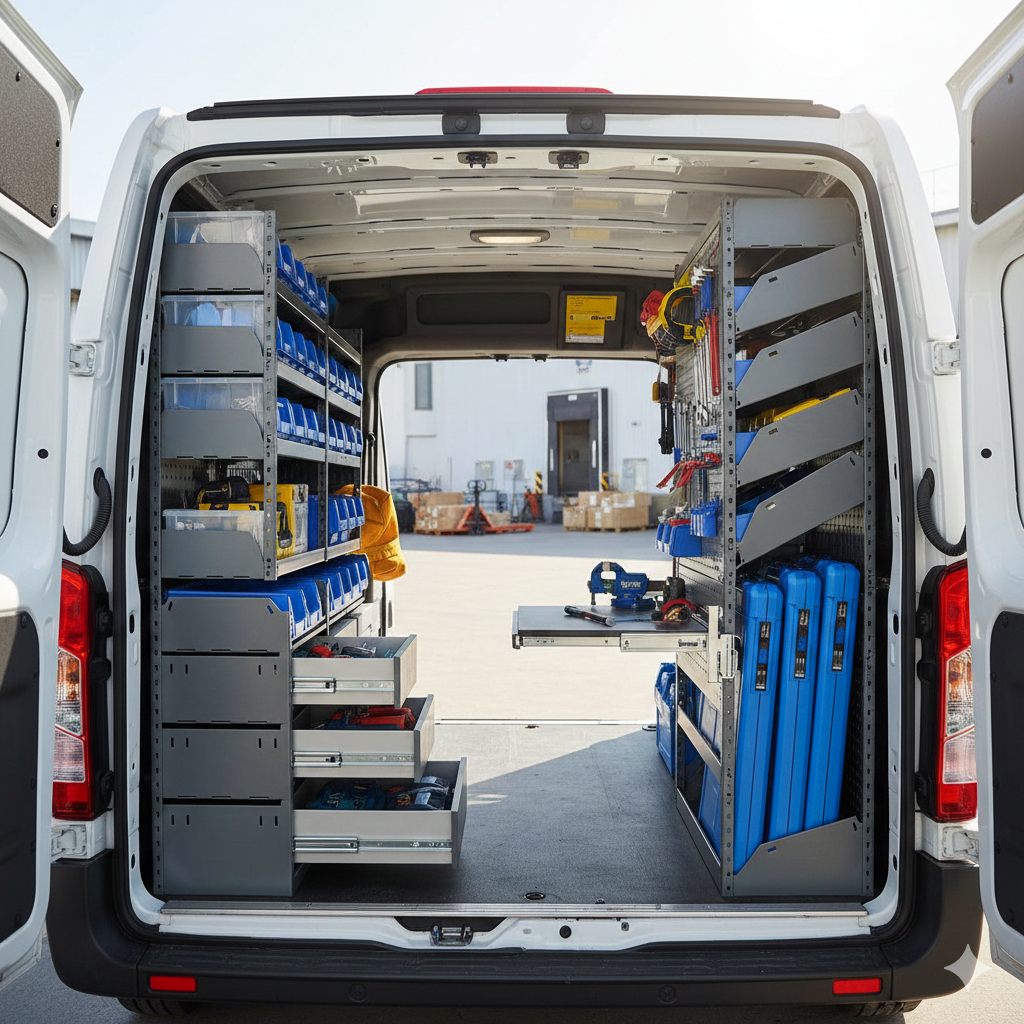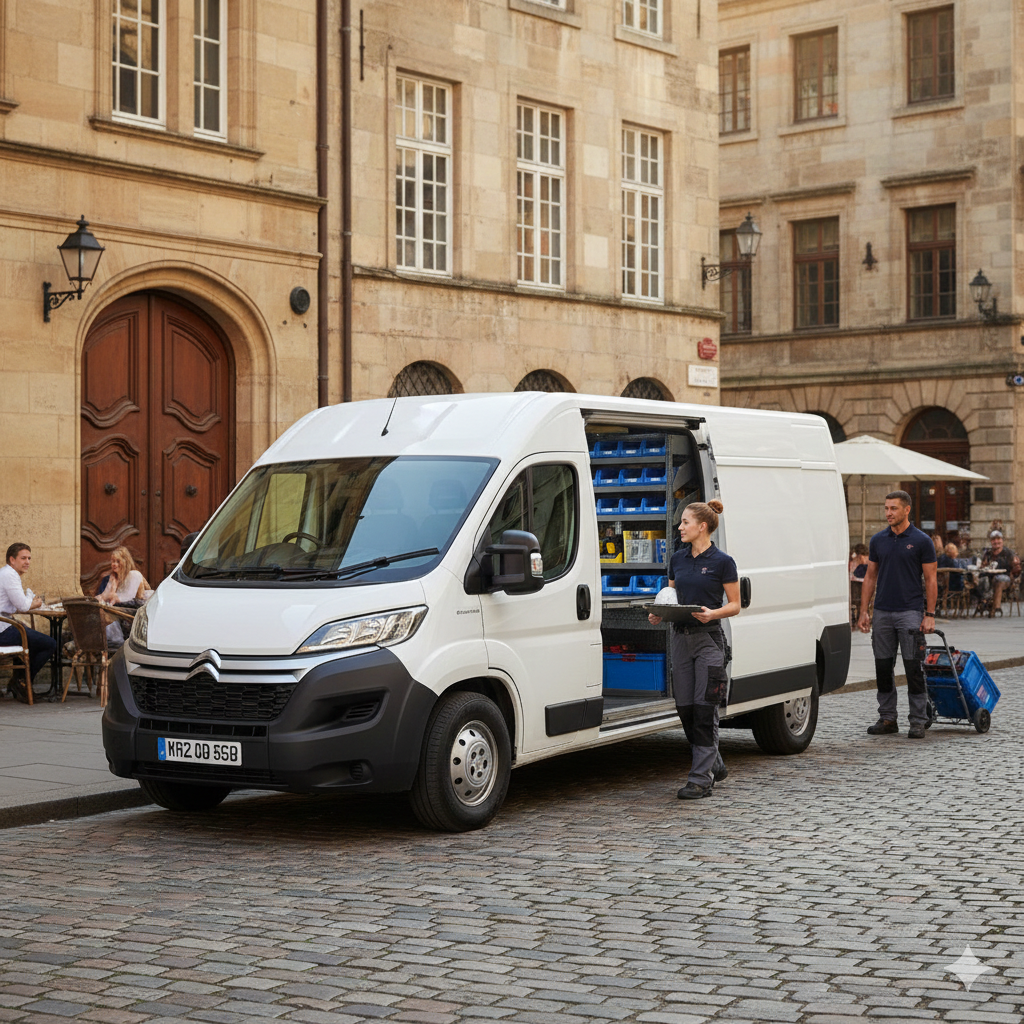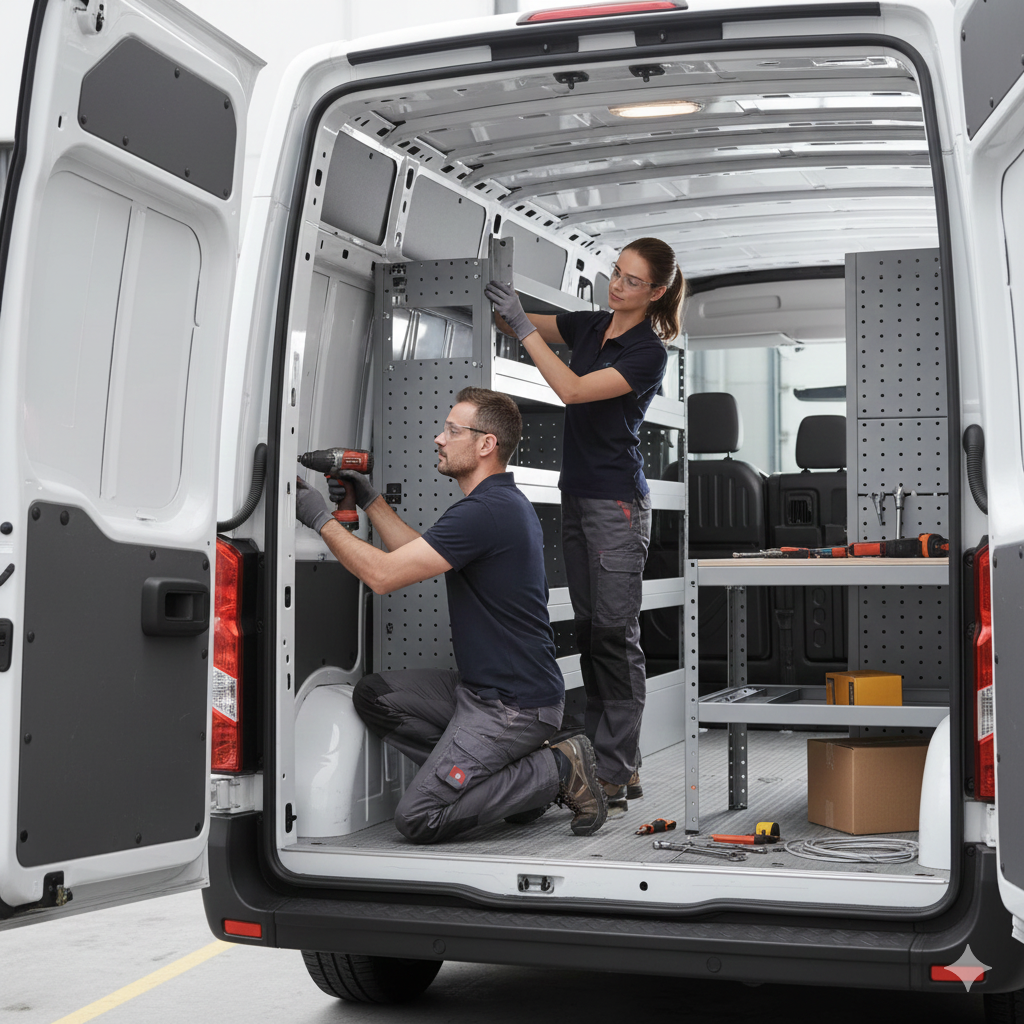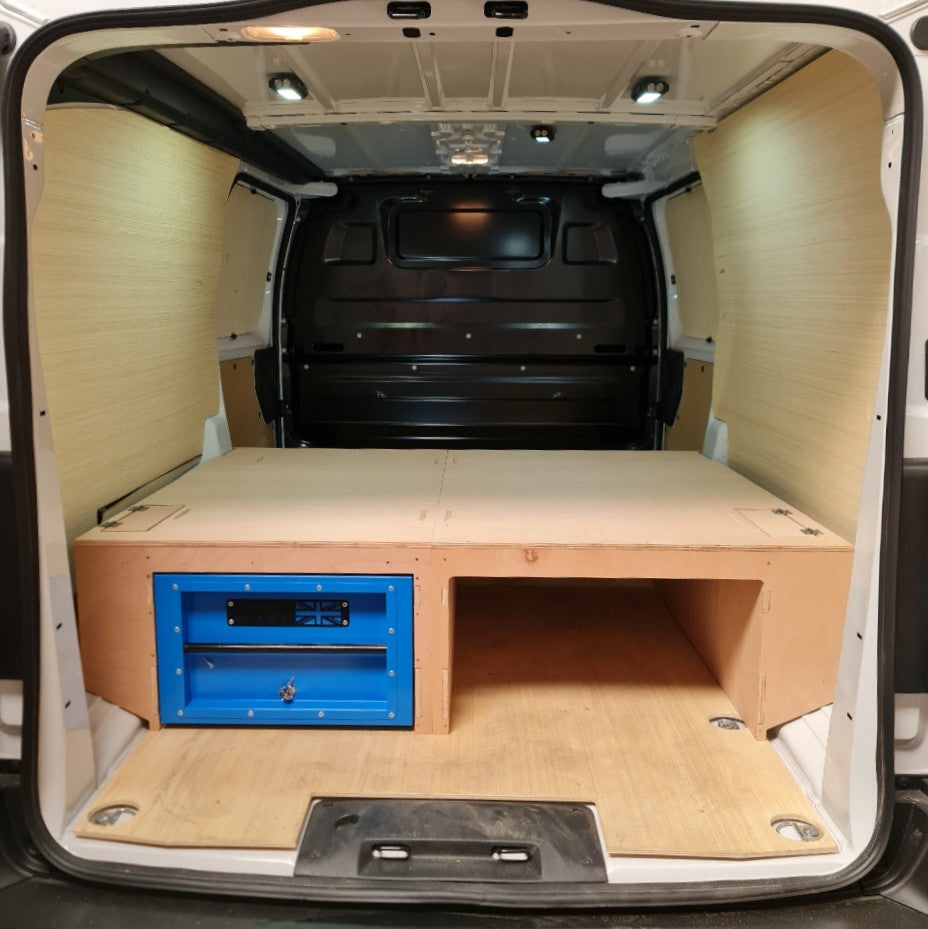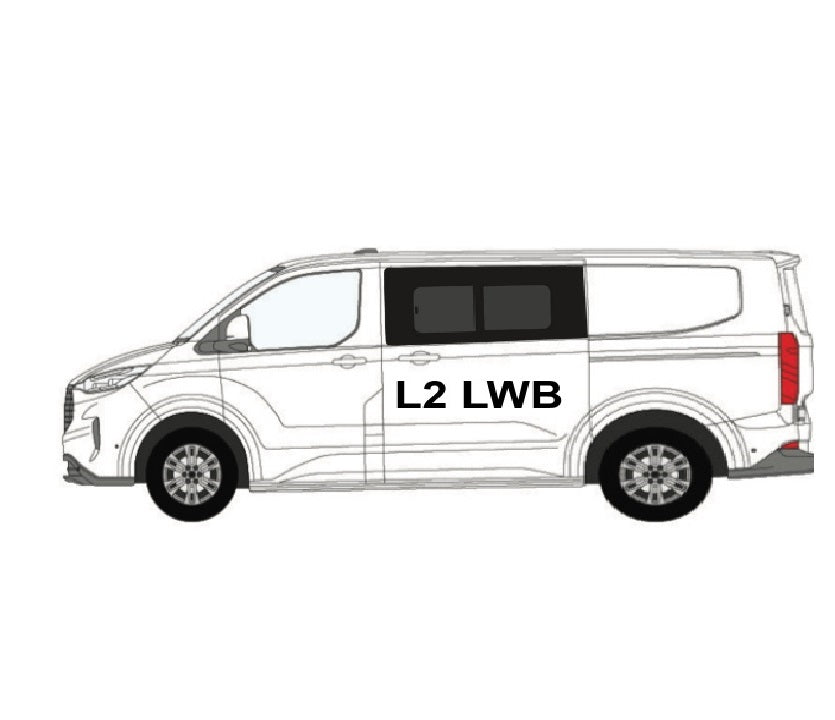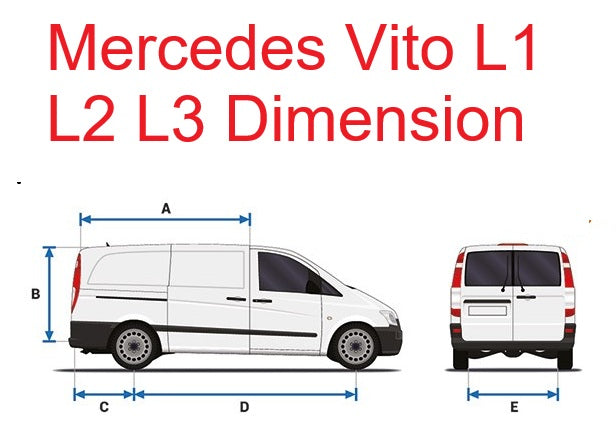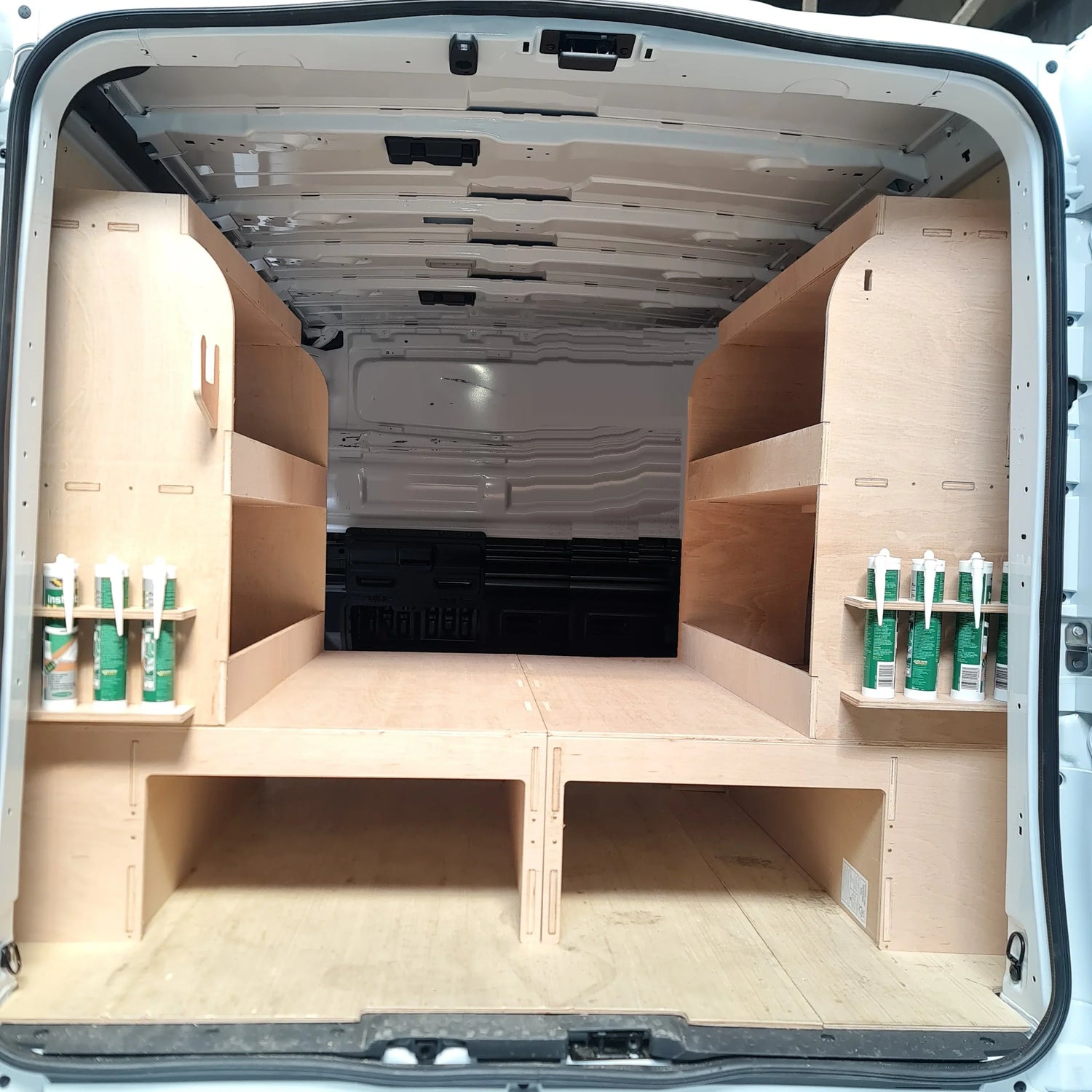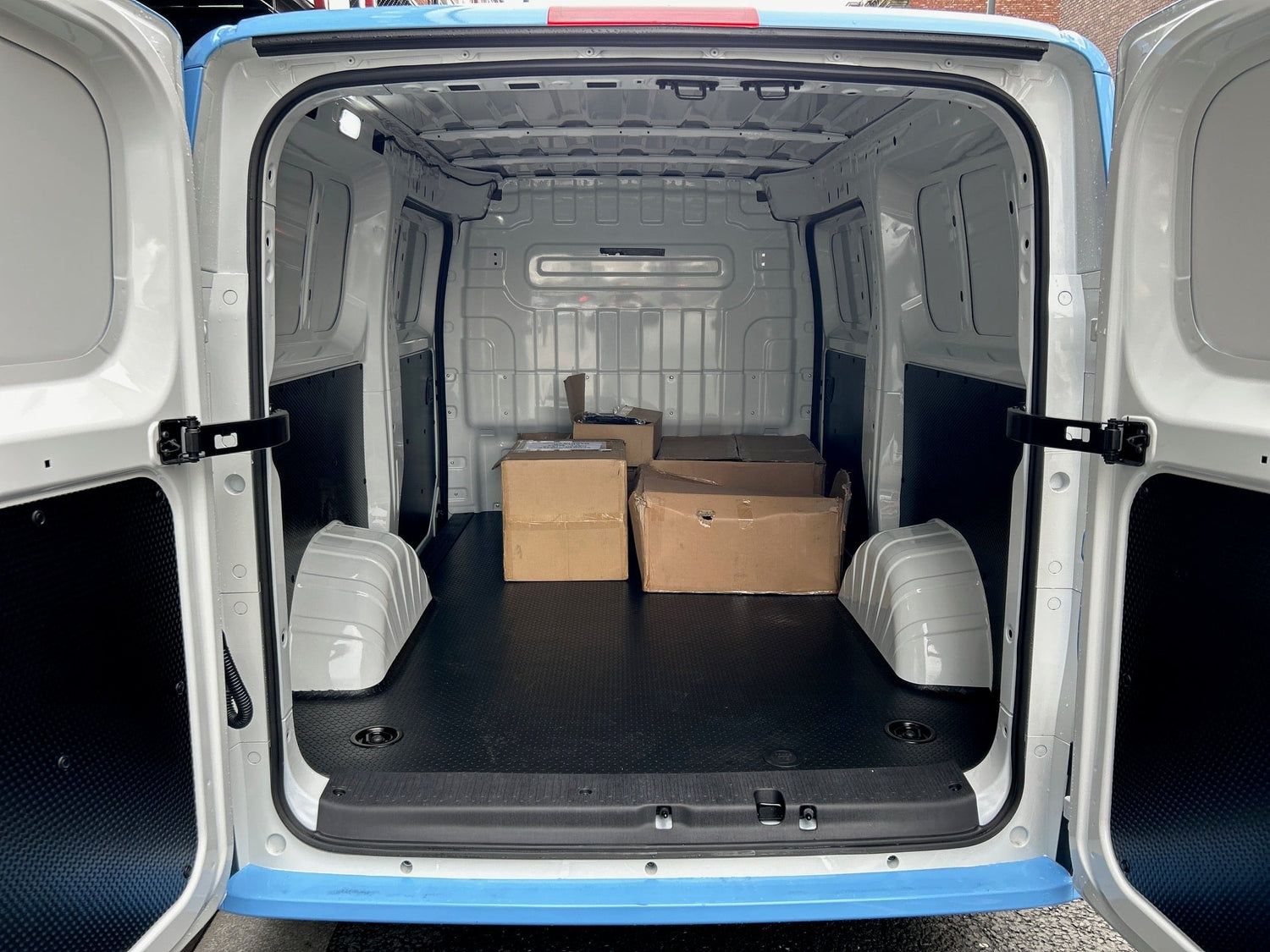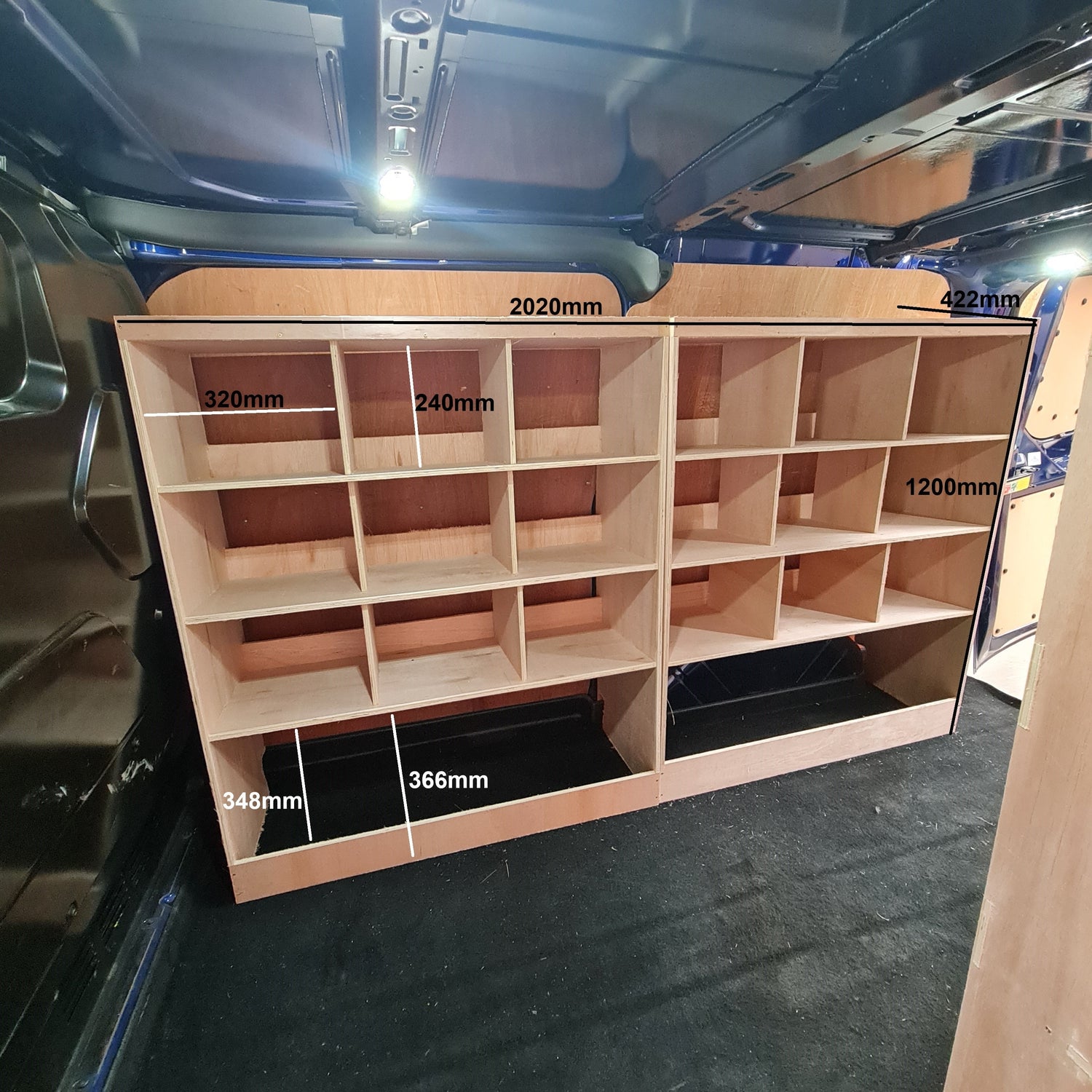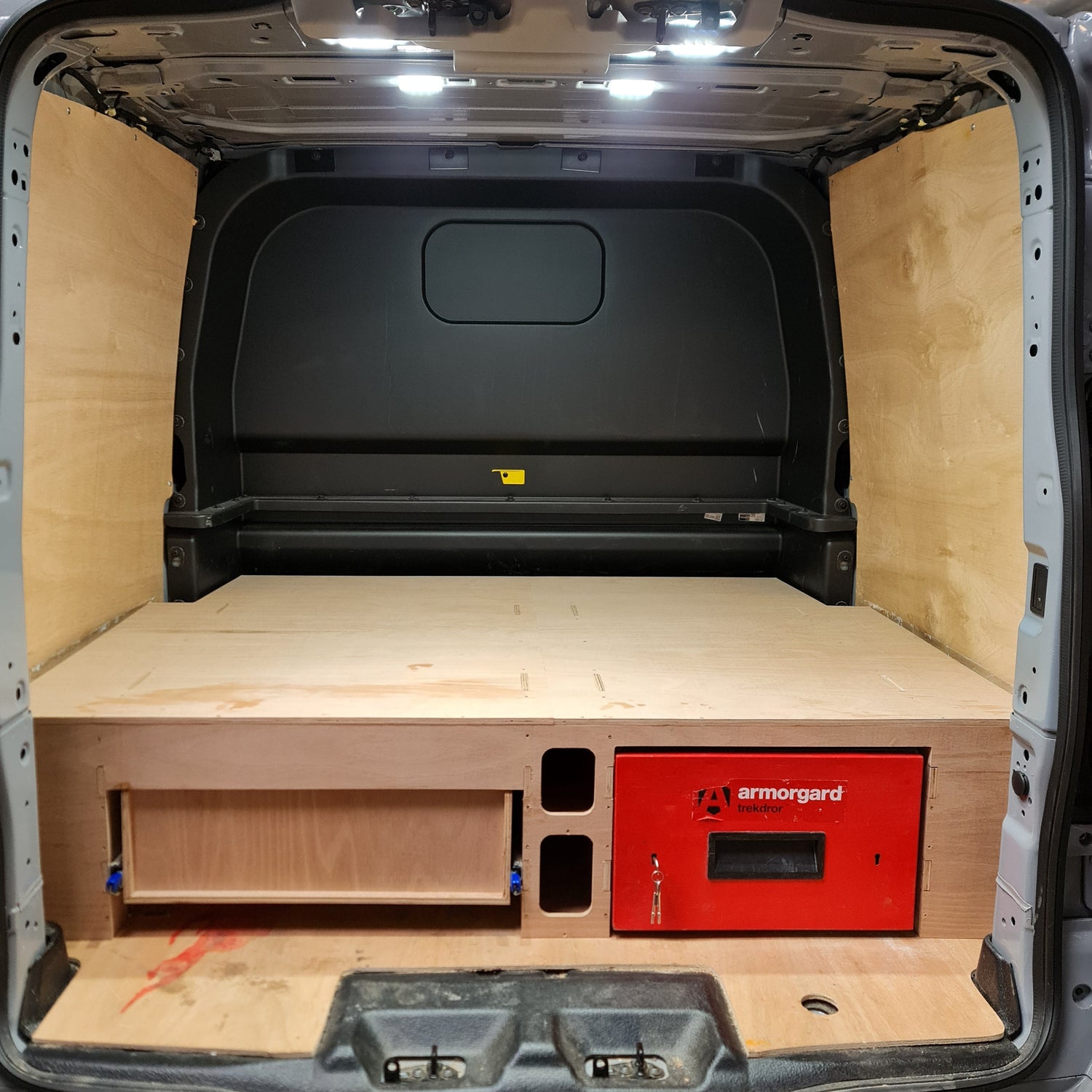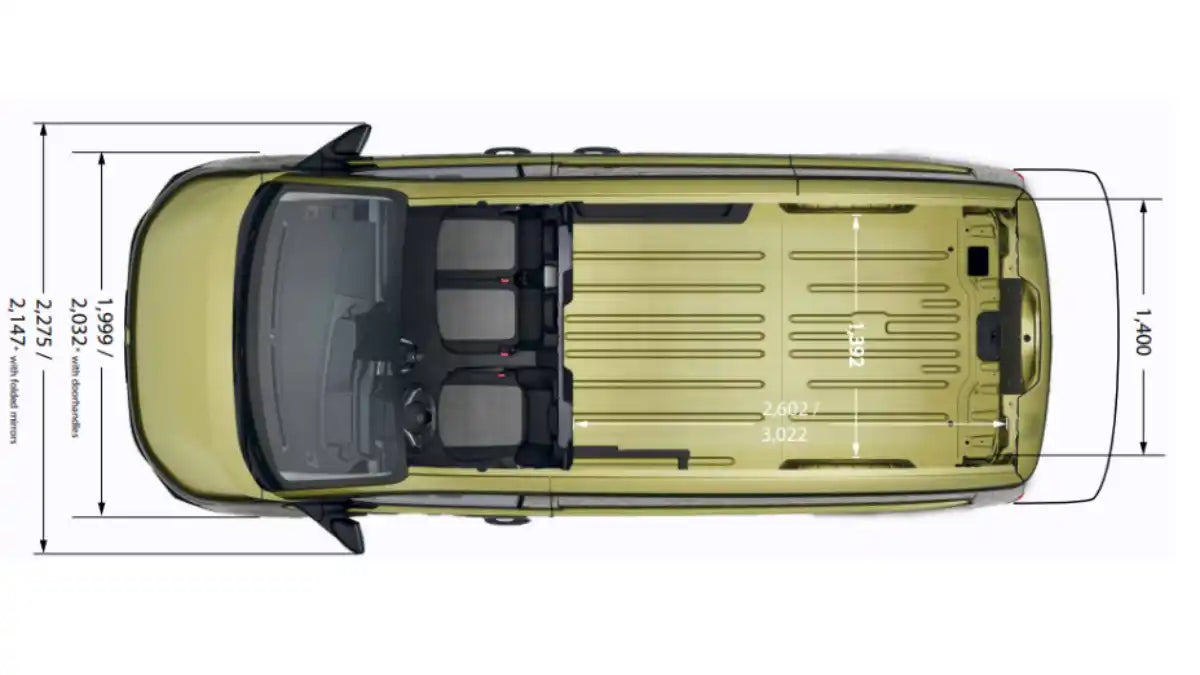Securing racking in a van is more than just an organizational feat; it's a pivotal necessity for anyone relying on these mobile storage hubs. Whether you're a tradesperson safeguarding expensive tools or a company ensuring the safe transport of goods, the stability and security of van racking are paramount. The journey to securing these systems involves a blend of technique, compliance, and innovation. This guide will empower you with the knowledge to achieve just that.
Table of Contents
-
How to Secure Van Racking
-
Preventing Unstable or Overloaded Shelves
-
Compliance with Racking Rules and Regulations
Securing your van's racking isn't merely about locking items down; it's about creating an efficient, compliant, and safe work environment. As we delve into the intricacies of van racking security, you'll uncover critical relationships between regulation compliance, safety measures, and security enhancements aimed at transforming your van into a fortress on wheels.
The Core of Van Racking Security
The heart of van racking security lies in understanding the main subject: the racking systems themselves. These units need to be both secure and compliant to function effectively. Understanding how these systems interact with frequently updated industry regulations, as well as the needs of van operations, is crucial in creating a stable working environment.
How to Secure Van Racking
Securing racking in a van hinges on meticulously planned setups and knowledge of tools that enhance security. Begin by assessing the types of racking systems available and choosing one that suits your van's layout. Options such as installing additional anchors and braces can be pivotal in preventing sway and maintaining cargo integrity.
Once installed, securing each segment with high-quality locks and bulkheads between load and passenger areas can drastically reduce theft risk. Upfit Supply notes that upgrading locks and using lockable storage units are fundamental in enhancing van security . Adding window guards and bulkheads are equally vital to deterring would-be thieves.
Preventing Unstable or Overloaded Shelves
An often-overlooked factor in van racking is the stability of the shelves. Unstable or overcrowded shelves can lead to dangerous driving conditions or damaged goods. According to QMH Inc., stacks must be secure against sliding or collapse and appropriately blocked or interlocked . Ensuring compliance with these principles can prevent accidents and extend the life of your racking.
Compliance with Racking Rules and Regulations
Compliance isn't optional. It's a necessary aspect of any van's operational standards. Regulations, such as those highlighted in the Van Enhancement Scheme, play a critical role in ensuring racking systems meet safety criteria . By adhering to these regulations, you not only ensure the safety of your items but also avoid potential legal pitfalls.
Article Highlights
-
How to Secure Van Racking - Explore the essentials of locks and barriers.
-
Preventing Unstable or Overloaded Shelves - Learn about balancing loads for safety and compliance.
-
Compliance with Racking Rules and Regulations - Navigate regulatory landscapes for legal assurance.
Through understanding and implementing these key principles, you'll not only secure your assets but pave the way for smoother operations.
Understanding the Relationships and Attributes
Beyond the fundamental methods of securing racking, it's vital to comprehend how securing techniques interlink with regulations and practical applications. The anchors of these connections revolve around enhancing safety and compliance.
Deep Dive into Relationships
The relationship between van security and compliance is symbiotic. Regulatory compliance serves not only as a legal obligation but as a means to ensure the safety and success of security implementations. By tying compliance efforts with upgraded security measures, vans are transformed into reliable mobile solutions. Regulations such as those from FMCSA dictate the appropriate securement of loads to prevent accidents .
Enhancing safety through regulation adherence means utilizing secure, compliant systems that speak to broader industry standards. For instance, using tiedowns secured in a pattern that prevents loosening during transit is not just a suggestion—it's a necessity mandated by regulations .
Attributes and Properties of Effective Van Security
Effective van security manifests through key attributes: stability, prevention, and compliance. Stability is achieved by securing shelves and securing them against movement, thus reducing the risk of in-transit damage. Prevention is strengthened through locks and physical barriers, ensuring your cargo remains intact against unauthorized access.
Further, properties of compliance ensure these security measures are structured within legal frameworks, thus fostering trust and industry acceptance. This translates to reduced liability and enhanced peace of mind when transporting goods.
Practical Applications and Advancements
Bridging the theoretical with the real world involves practically applying these lessons to everyday van operations. This section delves into how seamless transitions from compliance to application create efficiency and security within automotive environments.
Advanced Relationship Implications
Understanding the advanced implications of van security involves grasping how regulatory frameworks accommodate technological advancements. Tools and techniques evolve, offering enhanced security solutions that sync seamlessly with regulation updates. This is evident in systems allowing for real-time monitoring of locks and alarms, thus enhancing responsive actions against potential threats.
Practical Implementations
Practically implementing racking security means deploying a blend of tried-and-tested techniques with innovative solutions. Consider using digital locks that sync with your mobile devices for added convenience and security. Bulkheads provide a physical barrier, vital for separating payloads, while load tests ensure racking systems handle intended capacities without compromising integrity.
The use of real-world case studies, like those provided by THIS is Carpentry, demonstrates firsthand applications of these principles, underscoring their effectiveness . Such examples provide both proof of concept and pragmatic insights into customization possibilities tailored to specific needs.
Conclusion: Tying Back to Core Principles
Securing racking in a van is not a straightforward task but requires a systematic approach that draws on knowledge, compliance, and innovation.
As we've traversed the panoramic view of methods, regulations, and real-world applications, it's clear: against the landscape of mobile storage security, your toolset is now brimming with strategies that blend legality with innovation.
Embracing these insights ensures that your van not only meets the demands of today's fast-paced environments but anticipates tomorrow's challenges with confidence.
This article has drawn from a plethora of reputable sources, ensuring authenticity and reliability. The principles explored here are grounded in thorough, peer-backed research and industry expertise. By knitting together such knowledge, you're poised to transform your van into a secure, compliant operation hub—driving confidently into a future secured by these developments.


